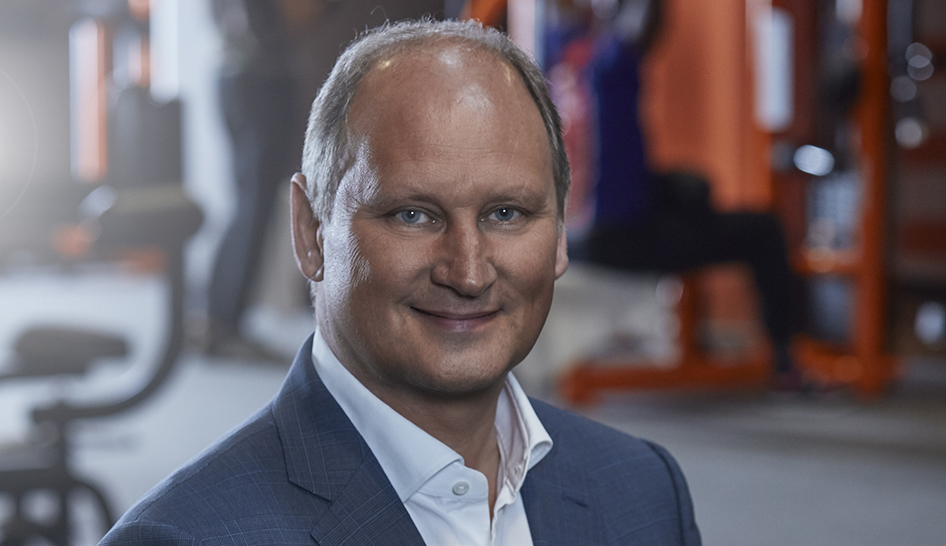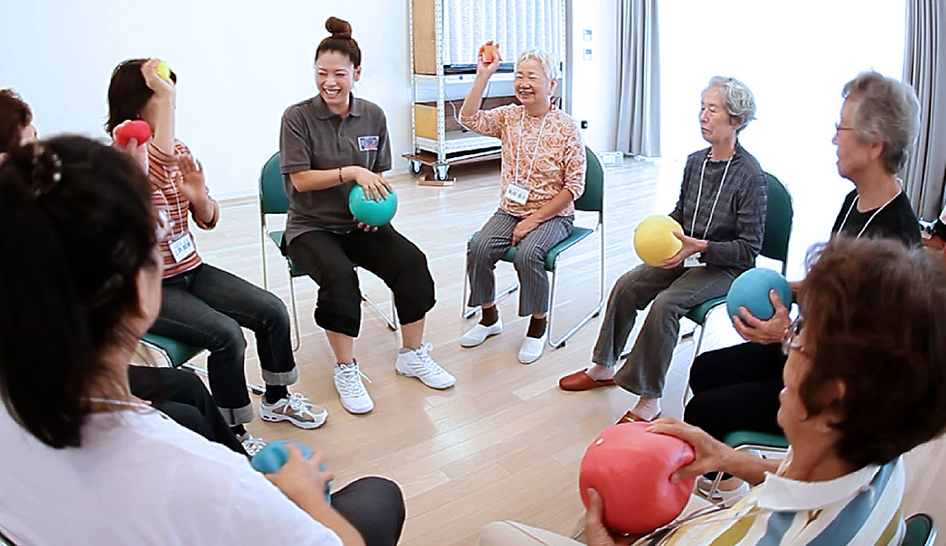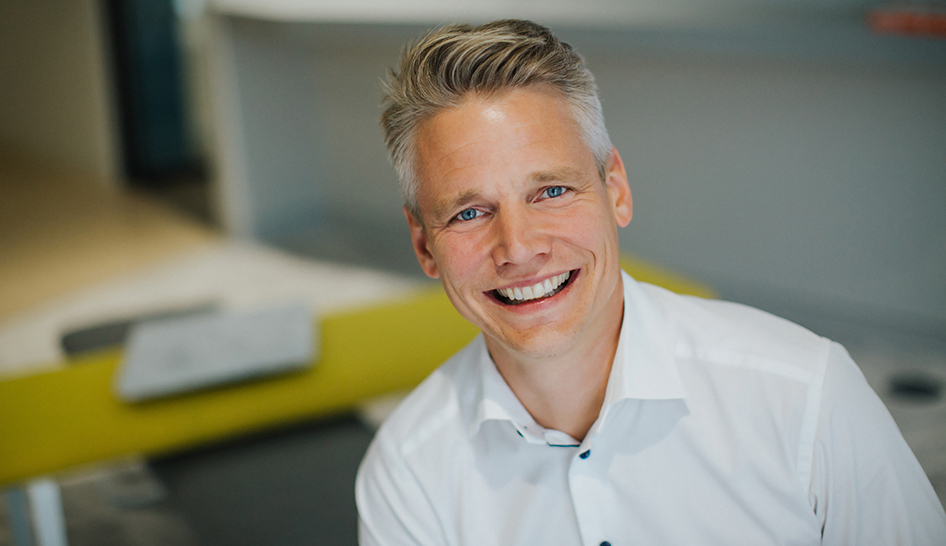When you’re a segment leader and you’re really big, finding new ways to grow is a serious challenge … but exploring new paths, identifying new opportunities, is what keeps you ahead of the competition—year, after year, after year.
A careful review of “The IHRSA Global 25,” which details the annual progress of the world’s largest and/or fastest-growing club companies, confirms that the preeminent performers retain their hold on the top of the lists by developing strategies to unlock growth.
The following profiles describe the different approaches three of the current frontrunners took to improve their operations and drive revenues in 2018. Each found a way, or ways, to enhance their fortunes—by entering new markets, tweaking business models, streamlining functions, targeting new demographics, and more.
In doing so they made fitness services attractive and more available to a growing number of people.


